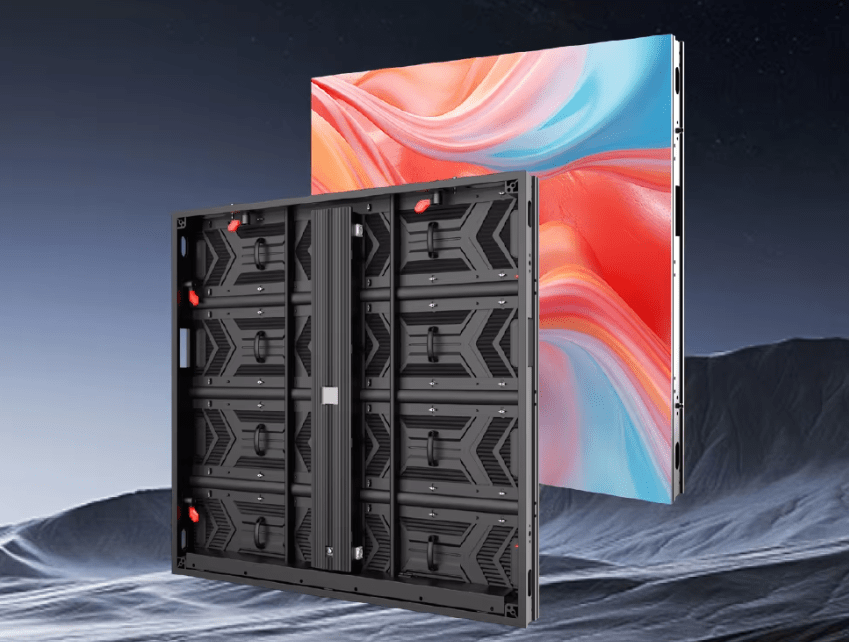Industry news
Imaging principle and optimal viewing angle of LED display screen
The imaging of full-color LED display screens is generally achieved through files, videos, images, and text on the computer. Send to the sending card through the graphics card for transcoding processing. Then go to the receiving card to drive imaging. So how can we achieve the best display effect when choosing an LED display screen?
The picture quality of LED display screen is closely related to the following factors: the brightness of the display screen, the width of the picture, and the optimal visual distance for installation. Only when each indicator meets the needs of the current usage environment, then the display effect is the best. The display screen is composed of many subsystems, and we need to have a detailed understanding of each subsystem.

It includes power supply, video encoder and decoder codes, line drivers, digital signal processors (DSPs), and so on, which work closely together to generate video images. If you carefully observe the LED display screen, you will see hundreds of individual video panels. If you get closer, you will find that each panel contains 16X16 pixels. The anode of each LED is electrically connected to the output of an LED driver. Ultimately, these tens of thousands of LED drivers will control the generation of video images through hundreds of thousands of LED beads.
Brightness requirements for LED display screens
The brightness of an LED display screen is not necessarily better the brighter it is. In some environments, brightness that is too bright or too dark cannot achieve the best display effect of the screen. When choosing an LED display screen, it is necessary to match the most suitable brightness according to the usage scenario or adjust it automatically through a driver. This is the only way to provide satisfactory LED display quality without harming the audience’s eyes.
Most high-end LED drivers provide designers with multiple methods to control the LED current in their systems. These drivers have some features that help reduce LED brightness, such as point correction (DC), pulse width modulation (PWM) dimming, and global brightness control (BC). Although these features all provide the same basic function of adjusting LED brightness, their usage is different. Understanding and utilizing these features correctly is the key to having the best quality video.
The optimal viewing angle for LED display screens
Regarding the wide viewing angle and optimal viewing distance of LED display screens, it is necessary to conduct standard measurement and calculation of the usage scenario before installation, calculate the required viewing angle and viewing distance, and then match them according to this requirement. This can ensure that the product meets the specific needs of the usage scenario and presents the most exciting and high-quality images to the audience.